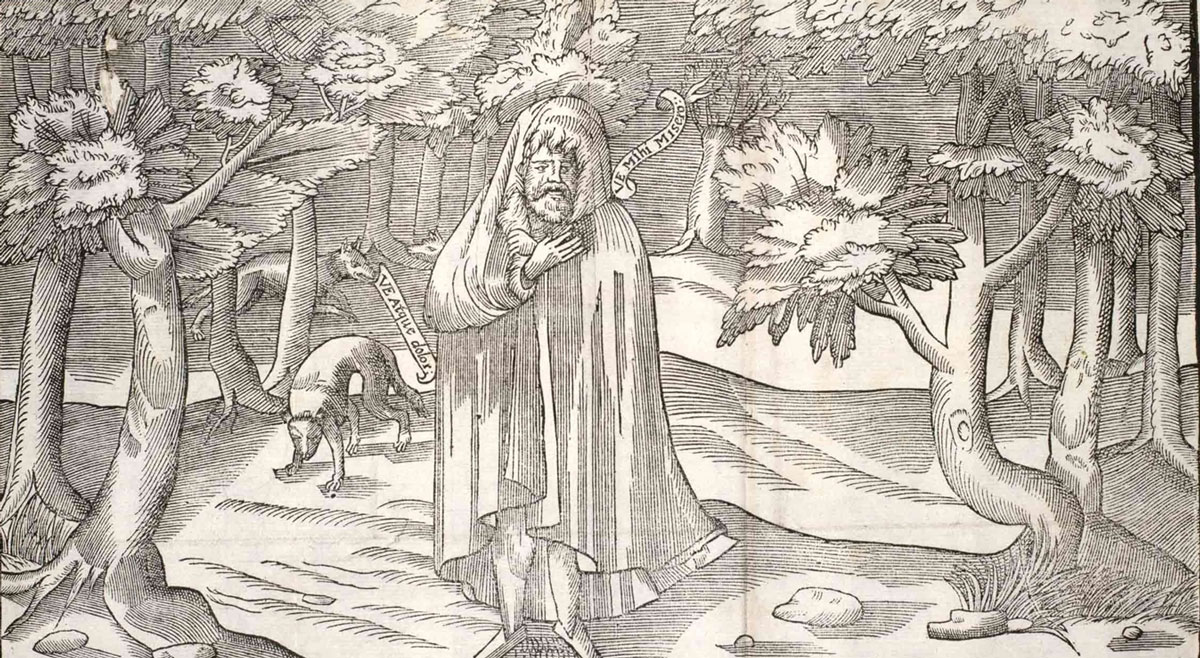
Agents persons, peoples and institutions
Browse and discover
A module for identifying agents - encompassing persons, peoples and organisations - and managing information about them has been around for many years, continually evolving as time went by, but what was absent all this time is a public interface for accessing relevant data in a user-friendly way.
This is a first attempt at offering such an interface, which is provided "as-is" and should be considered beta-quality for now (not that there is any official product release cycle as such but using the label is a convenient means to sound the right alarm bells). It currently consists of a basic search, aggregated data overviews for individual agents, and hover-card labels that you will meet elsewhere in the catalogue.
I am aware of duplicates, uneven coverage and other shortcomings that typically arise from the progressive nature of this website or simply, lack of personpower. An earlier version of the interface was available to editors partly because it helps us address some of those issues. None of these objections, however, seemed to weigh heavily against the alternative, which is having nothing at all to offer.
Note that for convenience's sake, many agents are not formally indexed but are nonetheless included by exclusive virtue of being linked. It is a wonderful forte of the system that allows us to retrieve and bring together disparate data from disparate data sources, but some useful metadata will be missing and discoverability is more limited as a result. For instance, we may be linking to a scribe whose name and associated data can be retrieved and presented, but without, say, a floruit it will be difficult to find this person within the appropriate time range. I say "difficult" because it is possible, to an extent, to rely on the dates we have, if any, for associated objects (manuscripts, scribal hands), but such a circuitous approach comes with limitations of its own and is not necessarily methodologically sound.
Meanwhile, I hope that the new interface will improve your experience in using this website. Next up are thematic categories for scribes (in the broadest, non-pejorative sense of the word), authors and scholars.
Last added
- Dúnlaing mac Énda NiadaIrish ruler, son of Énna Nia, and eponymous ancestor of the Uí Dúnlainge in Leinster.
- Michael Powell Siddons
- Christine JamesWelsh scholar and poet.
- Gruffudd ab Ieuan ap Llywelyn Fychanc.1485–1553Welsh poet.
- Francis Cherry [English non-juror]1665–23 September 1713English non-juror (i.e. clergyman who did not acknowledge William III and Mary II); philanthropist, and patron of Thomas Hearne.
- Thomas Hearne1678–1735English antiquary known for having produced editions of many English historical texts
- Thomas Carte1686–1754English clergyman (C of E) and historian.
- Peter Williams [1723-1796]1723–1796Welsh Methodist cleric and author.
- Peter Bailey Williams1763–1836Welsh Anglican priest, writer and antiquary.
- Charlotte Guest1812–1895British aristocrat, businesswoman and scholar, chiefly known for her pioneering work on the Mabinogion.
- Dafydd Fychan of Glamorganfl. 15th c.Welsh priest to whom a Welsh translation of the travels of Franciscan friar Odoric of Pordenone is attributed.
- Thomas ab Ieuan ap Deicwsfl. 16th centuryWelsh priest(?) and scribe.
- Harry Longueville Jones1806–1870Welsh archaeologist, founding member of the Cambrian Archaeological Association.
- Edward L. Barnwell1813–1887Antiquarian, one of the founding members of the Cambrian Archaeological Association.
- Ildefons von Arx1755–1833Swiss monk, historian and librarian at St Gall.
- Tréguier cathedral
- Saint-Brieuc cathedral
- Rennes cathedral
- Vannes cathedral
- Mont-Saint-Michel abbey
- Quimperlé, abbey of Sainte-Croix
- Quimper cathedral
- Cwrt Mawr
Building and estate near Llangeitho, Ceredigion.
- Liath Mór [Leamakevoge]
- Vienna, Archiv des Schottenstifts
- Cell Moinne [Kilmoon, Co. Meath]A foundation in the modern parish which is named after it, that of Kilmoon/Kilmoone (bar. Skreen, Co. Meath).
- Liverpool, University Library
The special collections are in the Sydney Jones Library.
- Berlin, Geheimes Staatsarchiv Preussischer Kulturbesitz
- Cell Bróinche
Foundation associated with multiple female saints (e.g. Brónach, Cainer) and subject to Kildare.
- Rechru [Rathlin Island foundation]
Randomised results
A random selecton of authors and those so described.


